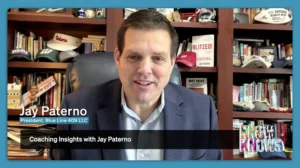Virtual Reality May Solve A Football Crisis
On the edge of a field on game day, it is hard for experts to make an objective concussion diagnosis. Virtual Reality (VR) technology may change that. Eye-Sync goggles are a type of VR that can allow doctors to test for concussions more objectively and conveniently.
This tech is one of many examples of VR changing sports medicine (as well as the field of medicine in general.)
Ways VR is Currently Used in Sports Medicine
Clinical medical uses for VR currently range from training doctors to performing medical tasks to simulations that allow patients to rehabilitate. In sports medicine, rehabilitation is the main way VR is used today.
Physical therapists are able to use VR to simulate game play so that recovering patients can practice playing safely and at increasing levels of difficulty until ready to return to the sport.
When VR is integrated with bio-sensors like heart rate monitors, simulations for rehabilitation can also provide patients and medical experts with real-time feedback about progress and safety. Some experts use VR simulations to immerse patients in games so they observe and correct the patient’s form during recovery.
Future Predictions for Sports Medicine VR
Experts suggest that VR is likely to be used more as testing for diagnoses, like in the case of delivering concussion insights. Neuropsychological testing using VR is already beginning to make advances and may be used in clinical settings in the near future. It is also likely to be used to make surgical procedures more precise and efficient (but less invasive.)
It is estimated that the VR/AR market in medicine will reach $2.54 million by the year 2020. As VR becomes more useful for medical purposes like training, rehab, pain management, and potentially even for medical testing, it is expected to grow exponentially.








